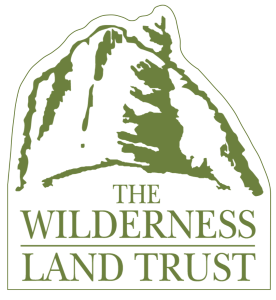Our Process
“The (Castle Crags) acquisition is a great example of a large-scale win-win for conservation, cultural resources, and recreation, including access to incredible wilderness climbing. This type of deal is about protecting the outdoors and ensuring future experiences.”
– Joe Sambataro, Access Director for the Access Fund
The Wilderness Land Trust purchases private property within designated wilderness from willing sellers who wish to see their land permanently protected. During our 30-year history, we’ve acquired properties that threatened the surrounding wilderness with home and resort development, road construction, mining, and logging. We also work in proposed wilderness, partnering with local organizations to identify properties that, if acquired by the Trust and then added to public land, would change the proposed wilderness boundary and solve critical access or management issues.
Each project requires two transactions – once we acquire a property, we transfer it to the federal agency managing the surrounding landscape, ensuring the land is protected and becomes part of our nation’s legacy of wild public lands.
The Trust is a tenacious problem solver, navigating the complexities of each transaction. Support from our donors allows us to be nimble, patient, and remain keenly focused on our mission.
Where We Work:
The Trust is a national organization with active projects across the western United States. We purchase properties within designated wilderness areas and in areas proposed for wilderness designation in Alaska, Arizona, California, Colorado, Idaho, Montana, Nevada, New Mexico, Oregon, Utah, Washington and Wyoming. We have also consulted on projects in Oklahoma, Minnesota, Michigan, Wisconsin, Illinois, Arkansas, Florida, Georgia, Pennsylvania, Massachusetts, and Maine.
How We’re Funded:
Private donors and foundations provide the funds needed to acquire and sell the properties. Each project consists of two transactions — purchase and transfer — and takes on average nearly a decade to complete. Contributions to the Trust pay for appraisals, legal services, surveys, site visits, staff travel and other transaction costs. Many projects also require rehabilitation and clean up before transferring them to public ownership, restoring them to wilderness quality before turning them into federally designated wilderness.
National Inventory:
The Wilderness Land Trust completed an exhaustive survey of the remaining private holdings located in the nation’s designated wilderness lands. It’s a good news – bad news story.
Since the first inventory was completed in 1992, the total acreage has been reduced from an estimated 400,000 acres within designated wilderness in the lower 48 states to just under 200,000 acres, even though 220 new wilderness and an additional 14.5 million acres have been added. Today, nearly 180,000 acres of private lands in 2,883 parcels remain.
The Wilderness Land Trust is the only national organization dedicated solely to buying these lands and adding them to the National Wilderness Preservation System.
Our continuing mission to eliminate these pockets of inholdings and create a seamless wilderness system is vital, echoing the spirit and intent of the original Wilderness Act.


